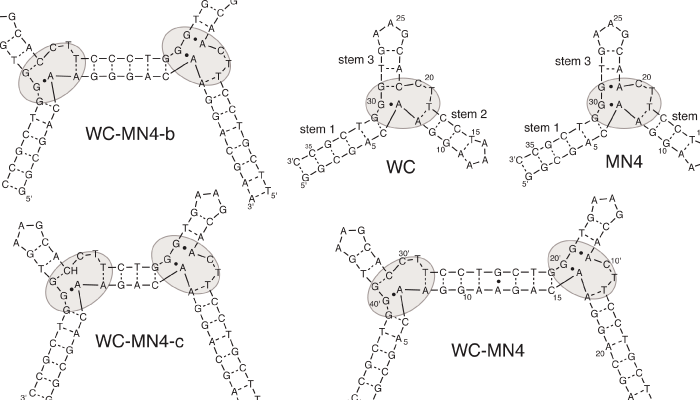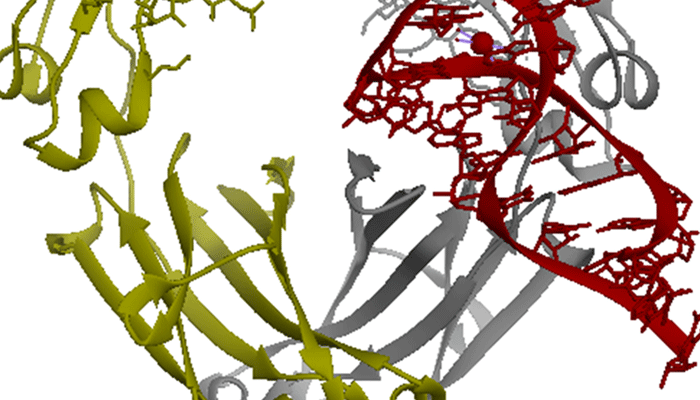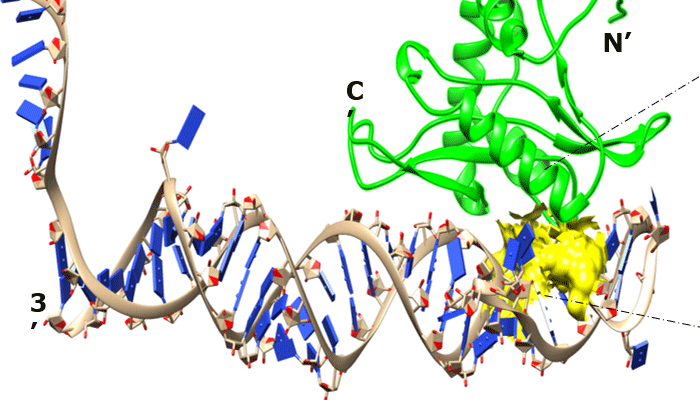
Cooperative binding by a bifunctional deoxycholic acid and cocaine-binding aptamer
RESEARCH ARTICLE
![]()
ISSN: 2514-3247
Aptamers (2021), Vol 5, 31-38
Published online: 17 November 2021
Full Text (Dawood ~770kb) | (PubMed Central Record HTML) | (PubMed) | (References)
Nusaibah E Dawood, Sladjana Slavkovic, Ruqaiya Qureshi, Natalie Khamissi, Christina Bauer, Oren Reinstein and Philip E Johnson*
Department of Chemistry and Centre for Research on Biomolecular Interactions, York University, Toronto, Ontario, Canada, M2R 1A1
*Correspondence to: Philip Johnson, Email: pjohnson@yorku.ca, Tel: +1 416 736 2100 x33119
Received: 11 July 2020 | Revised: 15 November 2021 | Accepted: 17 November 2021
© Copyright The Author(s). This is an open access article, published under the terms of the Creative Commons Attribution Non-Commercial License (http://creativecommons.org/licenses/by-nc/4.0). This license permits non-commercial use, distribution and reproduction of this article, provided the original work is appropriately acknowledged, with correct citation details.
ABSTRACT
A bifunctional cocaine and deoxycholic acid-binding aptamer was constructed from the individual ligand binding aptamers and the binding affinity and thermodynamics were measured using isothermal titration calorimetry. We show that the bifunctional aptamer binds its ligands with positive cooperativity, having a Hill coefficient of 1.2 -1.5, whether the ligands are added individually or as an equimolar mixture. When the helix between the binding sites is decreased from eight to six base pairs the Hill coefficient increased indicating a great degree of cooperativity. Reducing the distance between the binding sites to four base pairs resulted in the bifunctional aptamer displaying negative cooperativity as the two sites are now too close to function efficiently. A mechanism where molecular motion, or dynamics, at one ligand-binding site are affected by the presence of the ligand at the other is proposed to account for the observed cooperative binding.
KEYWORDS: Aptamers, ITC, small molecule interactions, bifunctional, cooperative binding



